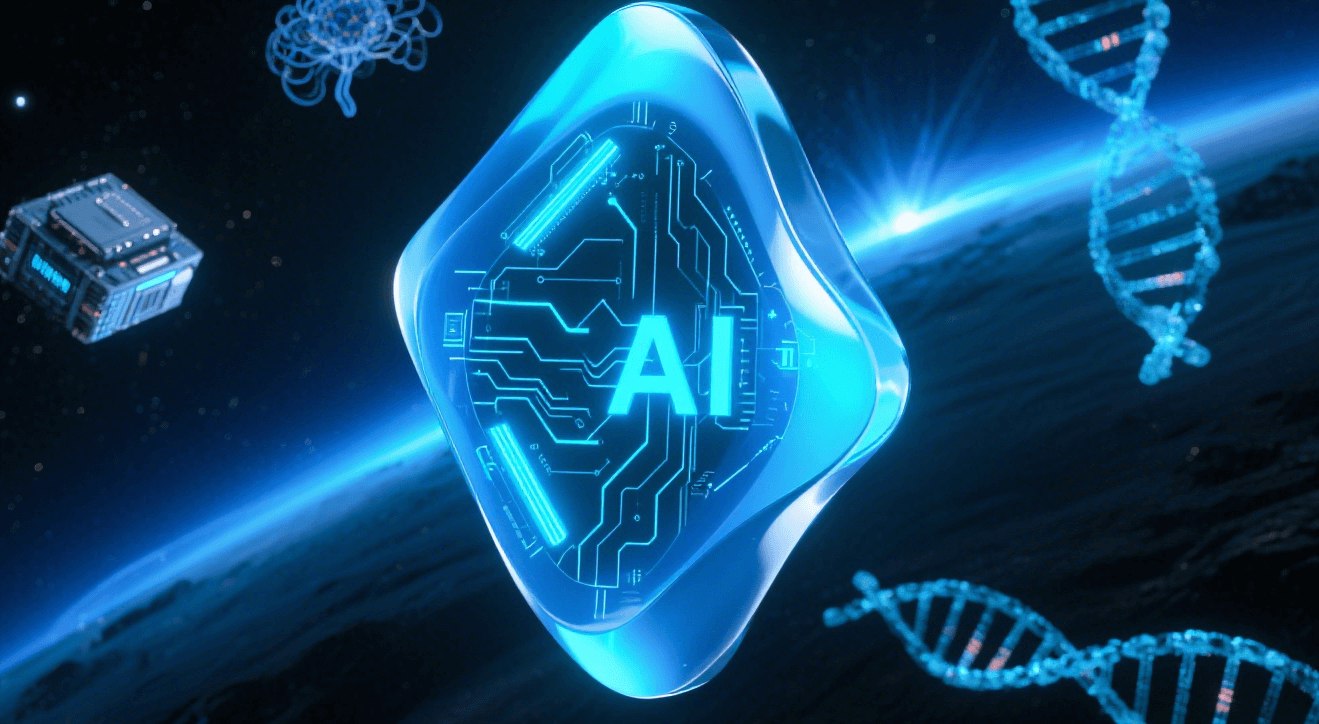What is Cluster Model?
The Cluster Model is a composite concept that encompasses both “computational cluster management” and “data clustering analysis”. From the computational architecture perspective, it refers to connecting multiple computing nodes (such as GPUs and CPU servers) into a cluster through a network, achieving efficient resource utilization and task processing through distributed collaboration, such as the collaborative scheduling of multi-GPU clusters. From the data processing perspective, it is a core method in machine learning and data analysis, which aggregates data points with similar characteristics into “clusters” through unsupervised learning, thereby exploring the inherent laws of data.
The Importance and Application Value of Data Clustering
In the scenario of AI computing power management, the dual attributes of the Cluster Model highly align with the business needs of WhaleFlux. As an intelligent GPU resource management tool, WhaleFlux focuses on the efficient management and control of multi-GPU clusters. This process is essentially the combined application of computational cluster models and data clustering models — it not only needs to realize the collaboration of hardware resources through computational cluster technology but also analyze data such as GPU performance and task requirements through data clustering algorithms to achieve intelligent scheduling.
The Core Value and Multi-Dimensional Importance of Data Clustering
The core value of data clustering lies in discovering associative patterns in unordered data to provide a basis for decision-making, and its importance is reflected in multiple dimensions:
Resource Optimization Aspect
In GPU cluster management, clustering can classify GPU nodes withsimilar characteristics such as performance, load, and energy consumption, providing an accuratebasis for resource allocation. For example, when WhaleFlux needs to match computing power foilarge language model training tasks, cluster analysis can quickly locate GPU clusters with “highcomputing power + large memory” to avoid resource mismatch.
Efficiency Improvement Aspect
Clustering can simplify the management difficulty of complex systems. When the scale of a GPU cluster reaches hundreds or even thousands of nodes, the cost of directly managing individual nodes is extremely high. However, after forming a “virtual resource pool” through clustering, WhaleFlux can perform batch scheduling on cluster-level resources, significantly reducing operational complexity.
Stability Assurance Aspect
By clustering historical fault data, the common characteristics of error-prone nodes (such as specific models and long high-load durations) can be identified. WhaleFlux can carry out load migration or hardware maintenance in advance based on this, reducing the risk of service interruptions.
For AI enterprises, the application of data clustering is directly related to cloud computing costs and model deployment efficiency — which is exactly the core service goal of WhaleFlux.
The Basic Principles of Data Clustering
The basic process of data clustering can be divided into four core steps, each of which is deeply related to the GPU resource management scenario of WhaleFlux:
- Data Preprocessing: Clean (remove outliers) and standardize (unify indicator dimensions) raw data (such as GPU computing power, memory usage rate, task response time, etc.). For example, WhaleFlux needs to standardize the performance parameters of different types of GPUs (the FP16 computing power of H100 is 4PFlops, and that of A100 is 1.5PFlops) before conducting cluster analysis.
- Feature Extraction: Extract key features from data, such as composite indicators like “computational-intensive task adaptability” and “memory bandwidth stability” of GPUs. By extracting these features, WhaleFlux can more accurately divide the functional positioning of GPUs (such as “training-specific clusters” and “inference-specific clusters”).
- Application of Clustering Algorithms: Select algorithms (such as K-Means, DBSCAN, etc.) according to data characteristics to aggregate objects with similar features. For example, WhaleFlux uses K-Means to cluster the real-time load data of GPUs and identify three types of node clusters: “light load”, “medium load”, and “heavy load”.
- Result Evaluation and Iteration: Evaluate the clustering effect through indicators such as silhouette coefficient and Calinski-Harabasz index, and optimize algorithm parameters according to task feedback. WhaleFlux will continuously iterate the clustering model to ensure that the resource allocation strategy dynamically matches business needs (such as adjusting clustering weights during peak periods of large model training).
Differences between Cluster Model and Other Data Processing Models
The core differences between the Cluster Model and other data processing models are reflected in processing logic and application scenarios, as follows:
Difference from Supervised Learning Models
Supervised learning relies on labeled data (such as “labels” in classification tasks), while the Cluster Model (data clustering) belongs to unsupervised learning, which can discover laws from data without preset labels. For example, when WhaleFlux analyzes GPU failure modes, the clustering model can automatically identify “failure clusters caused by excessive temperature” and “failure clusters caused by memory overflow” without manual labeling of failure types.
Difference from Single-Node Management Models
Single-node management focuses on the monitoring of individual resources (such as the utilization rate of a single GPU), while the Cluster Model emphasizes the “cluster perspective” and achieves global optimization through correlation analysis between nodes. WhaleFlux has abandoned the traditional single-GPU scheduling mode and adopted the cluster model to treat multiple GPUs as an organic whole, thereby realizing cross-node load balancing, which is also the key to improving cluster utilization by more than 30%.
Difference from Centralized Scheduling Models
Centralized scheduling relies on a single control node to allocate resources, which is prone to performance bottlenecks; while the Cluster Model supports distributed decision-making (such as autonomous coordination of resources by each sub-cluster). Combining this feature, when managing ultra-large-scale GPU clusters, WhaleFlux divides the cluster into multiple sub-clusters. The sub-cluster nodes collaboratively complete local scheduling, and then the overall algorithm coordinates, which not only improves the response speed but also ensures overall efficiency.
Combined Applications of Cluster Model with Related Technologies
The integration of the Cluster Model with emerging technologies is expanding its application boundaries, especially in the GPU resource management scenario focused on by WhaleFlux, this combination generates significant value:
Combination with Cloud Computing Technology
The elastic scaling capability of cloud computing relies on the Cluster Model to achieve resource pooling. WhaleFlux combines GPU clusters with the VPC (Virtual Private Cloud) of cloud platforms, and divides “private clusters” (exclusive to users) and “shared clusters” (multi-user reuse) through hierarchical clustering, which not only ensures user data isolation but also improves the utilization rate of shared resources and reduces the cloud computing costs of enterprises.
Combination with Containerization Technology
The container orchestration of Kubernetes (K8s) requires the support of the Cluster Model. After WhaleFlux integrates K8s, it uses DBSCAN to cluster the GPU resource requirements of containers, automatically matching “computationally intensive containers” with H100 clusters and “lightweight containers” with RTX 4090 clusters, realizing accurate binding between containers and GPUs.
Combination with AI Model Training Frameworks
The distributed training of frameworks such as PyTorch and TensorFlow relies on data parallelism or model parallelism, and the Cluster Model can optimize data sharding strategies. WhaleFlux analyzes the computing speed and communication efficiency of each GPU through model-based clustering, allocates the optimal data sharding scheme for the training framework, and increases the deployment speed of large language models by more than 20%.
Combination with Monitoring and Alarm Systems
GPU metrics (such as temperature and power consumption) collected by monitoring tools like Prometheus form “normal baseline clusters” through density clustering. When data points deviate from the baseline, WhaleFlux automatically triggers an alarm and schedules backup GPUs to take over tasks to avoid service interruptions — this is a direct manifestation of how the Cluster Model improves system stability.

